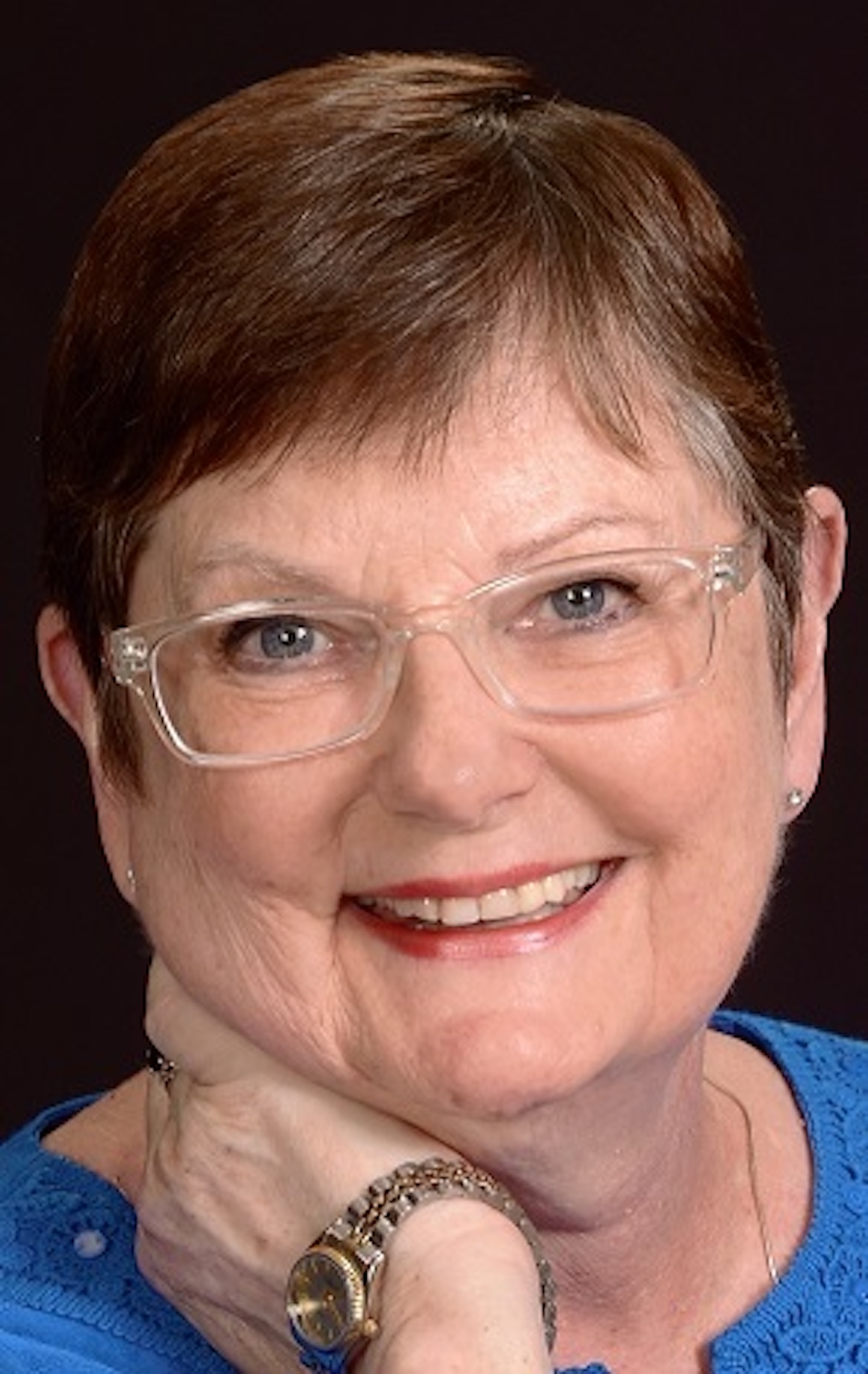By DAN ELLZEY
In his January 22 State of the State address, Gov. Henry McMaster pointed out the dramatic gains being made in the South Carolina economy and referenced the success our state is experiencing with job creation. I would like to expand on the governor’s job comments by offering a “State of the Workforce” for South Carolina.
Here are the facts:
In 2019, more than 62,000 people were added to South Carolina payrolls. This created a new job record of 2,324,510, an increase of 345,968 jobs during the decade of 2010-2019.
Our unemployment rate dropped to 2.3 percent as of December 2019. In January 2019, the unemployment rate was 3.2 percent. In 2010, the average unemployment rate was 11.13 percent.
The number of unemployed people decreased by approximately 19,542 (from 74,837 to 55,295) during the year. During the decade, there was a decrease of 196,334.
In 2019, average weekly wages in South Carolina increased from $860 in 2018 to $884. This is 2.8 percent wage gain in 2019 and 22.44 percent gain for the decade.
Obviously, our state is doing a wonderful job from the standpoint of job creation. However, there is still work to do.
Despite the fact that we have record employment in the state, we still have more than 55,000 unemployed people. Many face significant barriers to obtain employment. Whether it is a lack of experience or skills, poverty, transportation, or childcare, their route to a job is not an easy one. Our agency is working hard to ensure that these job applicants have the opportunities for both training and support services.
At the same time that we have 55,000 unemployed people, we also have approximately 60,000 posted job vacancies in the state. We must find a way to assist our employers in finding the employees that fit their needs, or our record economic growth will likely not continue. I would like to discuss several of our approaches to the issue.
Rural Areas: Our rural areas have dramatically higher unemployment rates than urban areas. This can be attributed to, in part, that many of the job applicants have a difficult time with transportation. While we can provide them workforce training, it is of little use if the job applicants have no way to get to work. While the training programs are essential and effective, we have to be more creative moving forward.
In Allendale County, our agency is currently conducting a Pilot Training Program with Scotsman Ice Systems. We have designed a soft skills training program with the assistance of the company. We limit enrollment in the training to applicants who can pass the screening requirements set by Scotsman.
To eliminate transportation barriers, we give priority to individuals who live within walking distance (one mile) or biking distance (five miles) of the plant. Participants in the training know that Scotsman is hiring and that there is a high likelihood of obtaining an offer from Scotsman if they complete the training program.
By conducting the training in an area where we know employers are hiring and by granting the priorities for job applicants who live nearby, we are eliminating two major problems.
So far, the pilot program has gone extremely well. The training has been completed, Scotsman has hired many of the graduates and all of the new hires are performing successfully. If the pilot is deemed successful, we will expand the program statewide.
Sidelines: In addition to the individuals who live in rural areas, there is another source of applicants for employers with open jobs. Those are people sitting on the “sidelines.” In South Carolina today, there are approximately 1,635,000 people, adult-age, who are not working and who are not looking for work. Many of these people are in a location and have the skills that employers are looking for. We are working to lure some of these individuals back into the workforce.
We are conducting a pilot program in Spartanburg with Cooper Standard. The pilot is looking at two things. First, will a non-traditional schedule attract people from the sidelines? In this case, the company is offering a 7-11 p.m. mini shift.
Second, we are looking at alternate sources of job applicants. These alternate sources include: police officers, firefighters and teachers. Many in these professions work schedules that allow for them to work second jobs. Once again, the pilot is going very well. If it is successful, our next goal will be figuring out how to scale this across the state.
These are just two examples of what we are doing to connect the 55,000 unemployed people with the 60,000 open positions. In addition, we operate employment agency services at no cost for employers and job seekers, we conduct hiring events and job fairs on a daily basis, we have a small employer outreach program aimed at involving these employers in our efforts, we have a rural initiative program and we have programs for individuals that are ex-offenders, completing drug rehabilitation, and homeless.
A lot is being done on behalf of both job applicants and employers.
In conclusion, the State of the Workforce for South Carolina is excellent. And, it has the possibility of becoming even better. However, our agency, our partners in workforce development, and the leadership of the state will have to approach these issues in non-traditional ways.
While the traditional approach is effective, it does not create enough employees to fill the jobs in times like these. We recognize that if we do not fill the jobs, we will lose out on future economic development projects. This is a critical matter for our agency and the state of South Carolina. You can rest assured that we are thinking about it — and working on it — every day.
Dan Ellzey is the executive director of the S.C. Department of Employment and Workforce.






